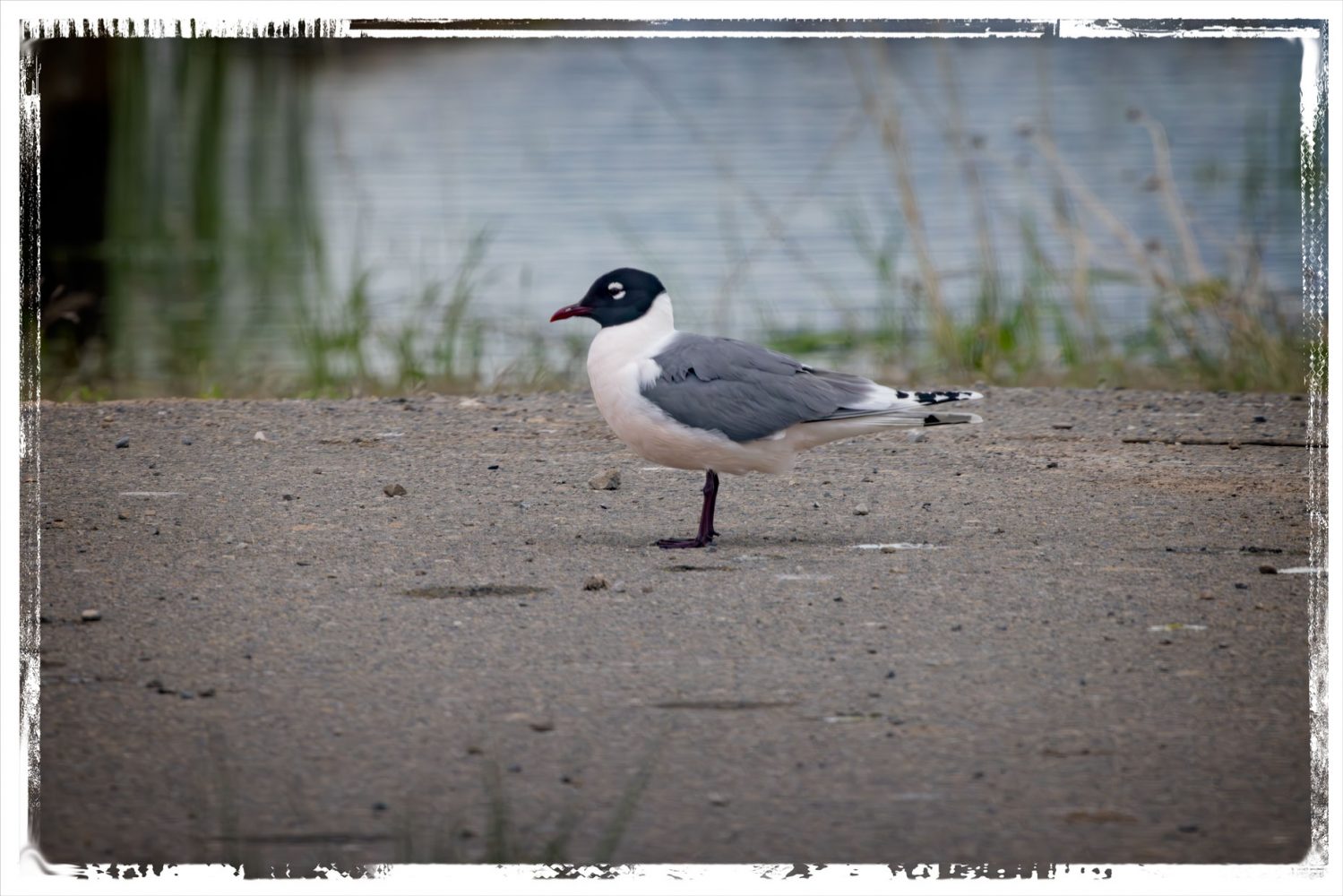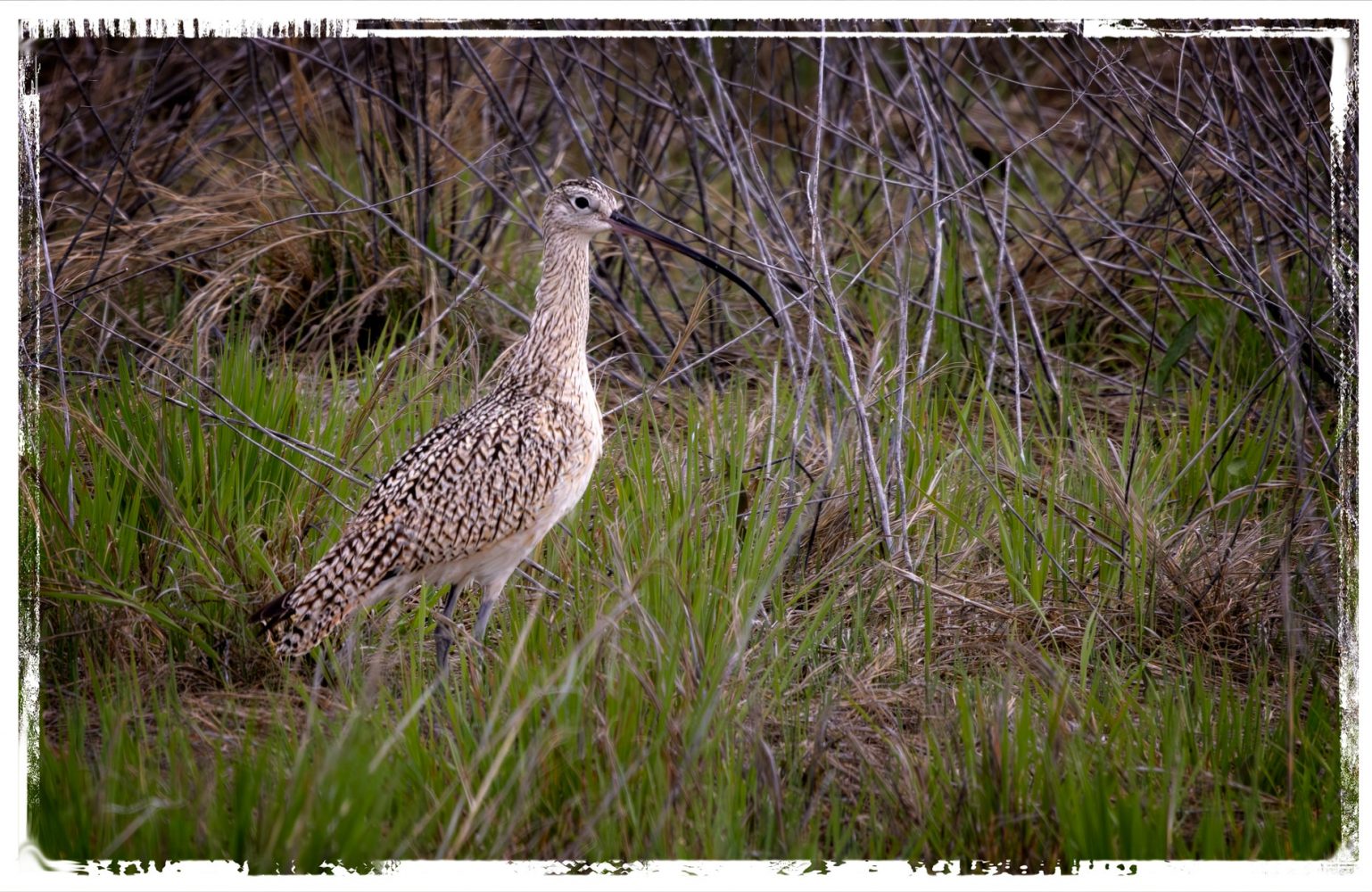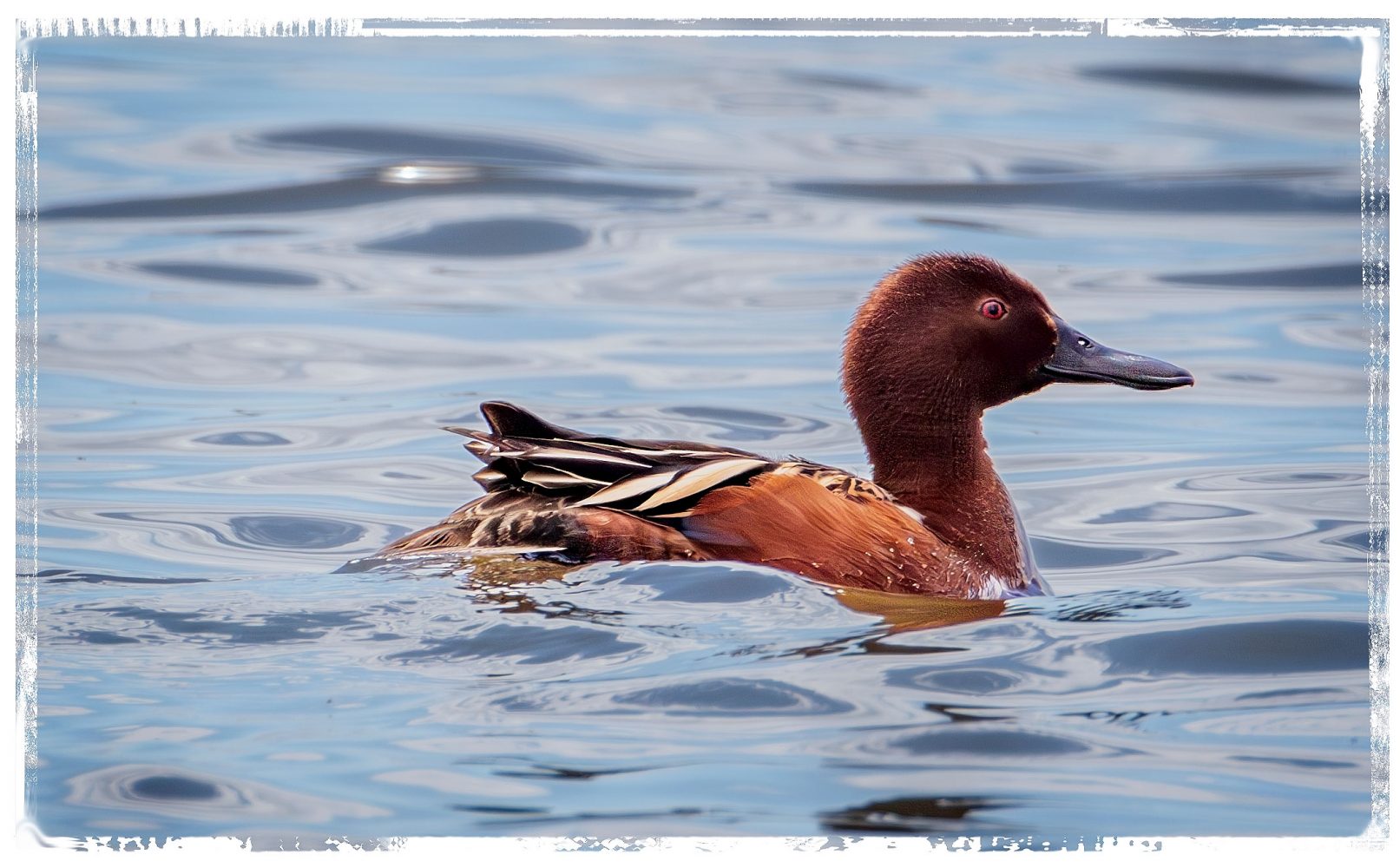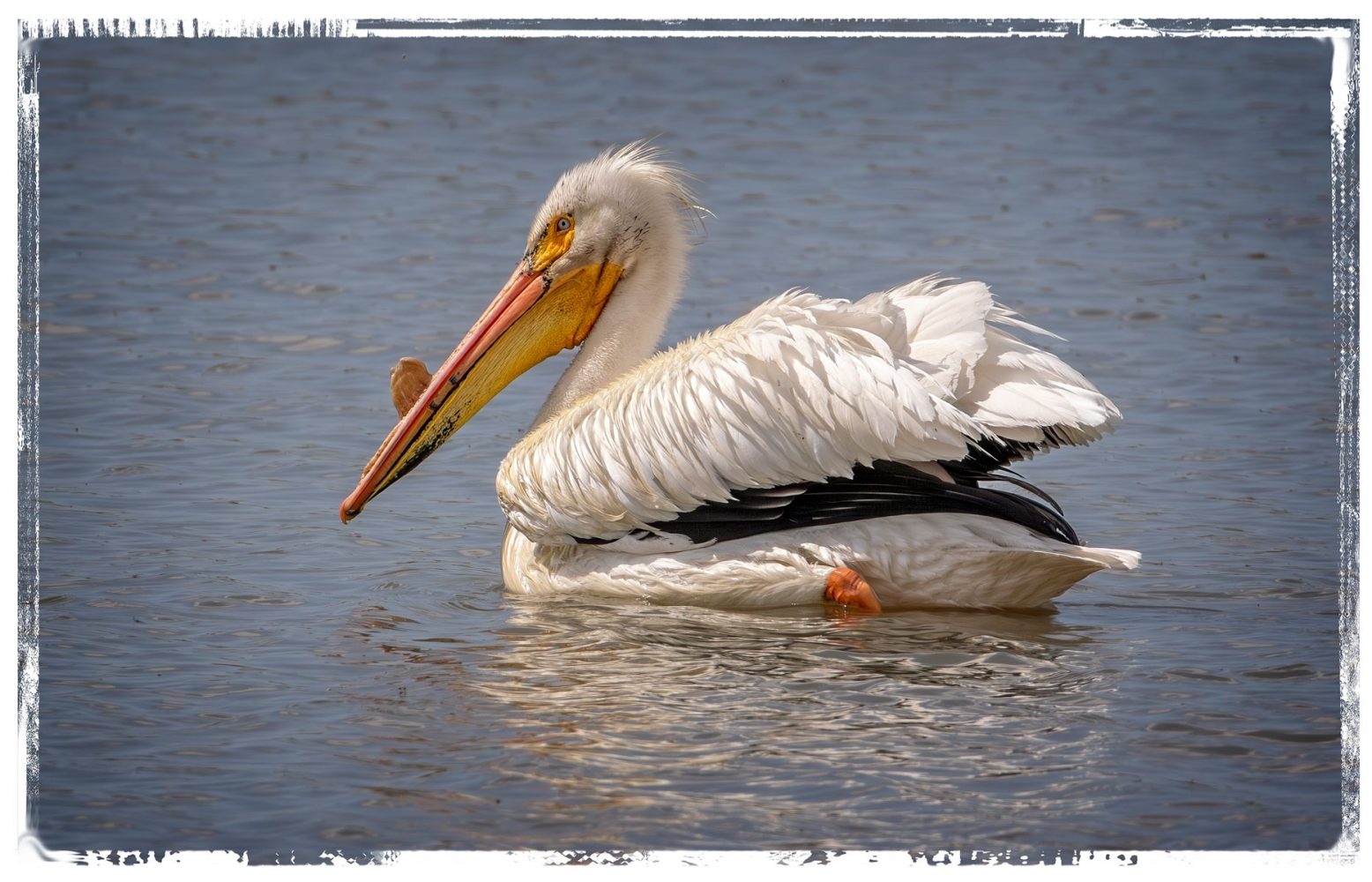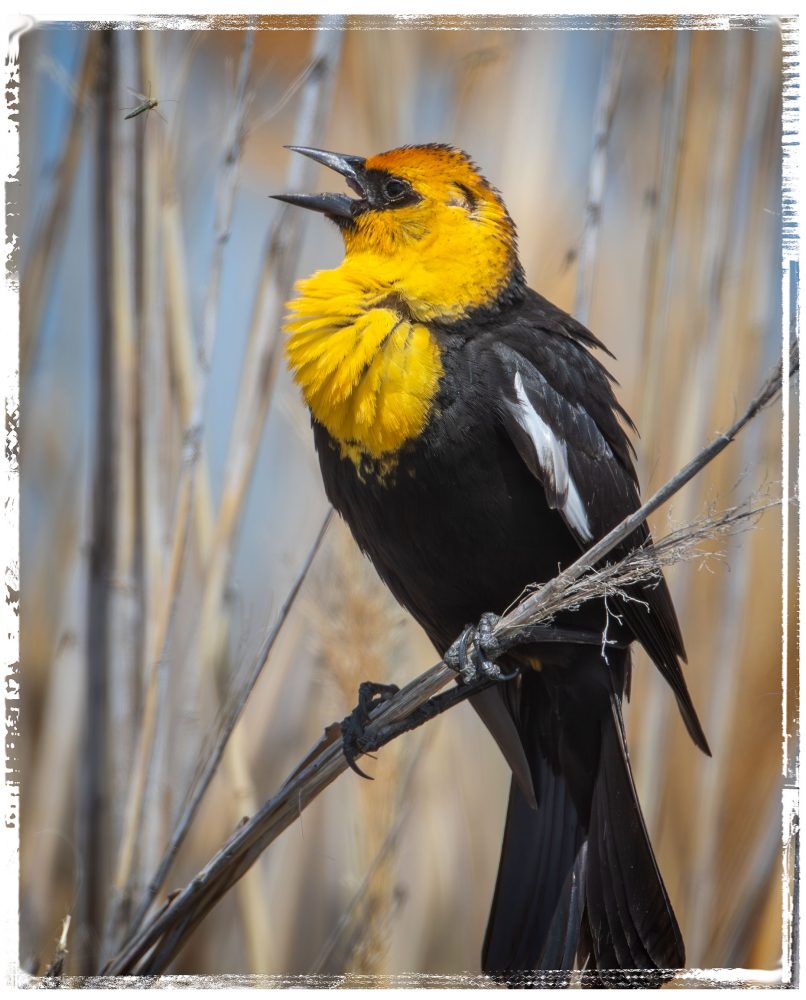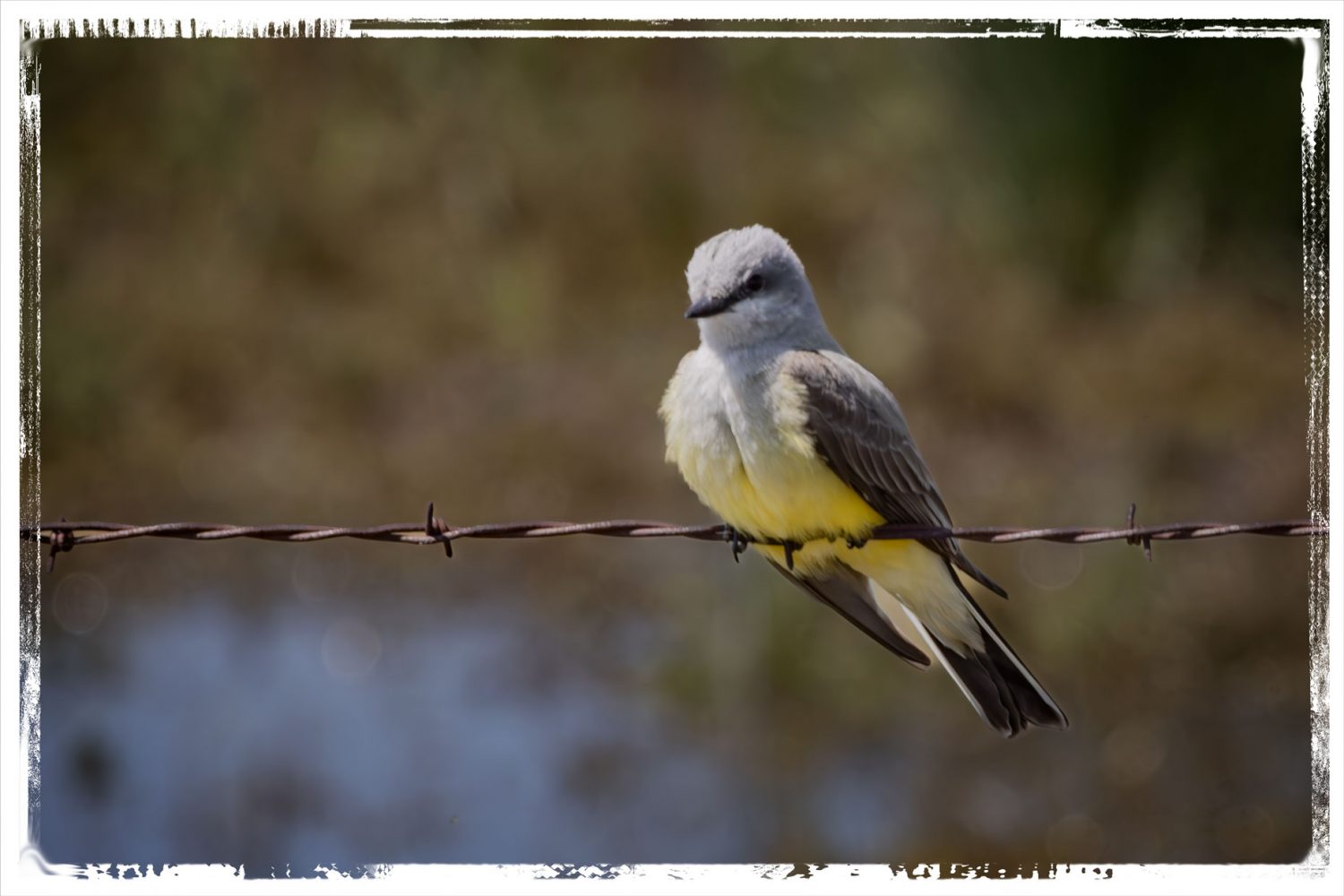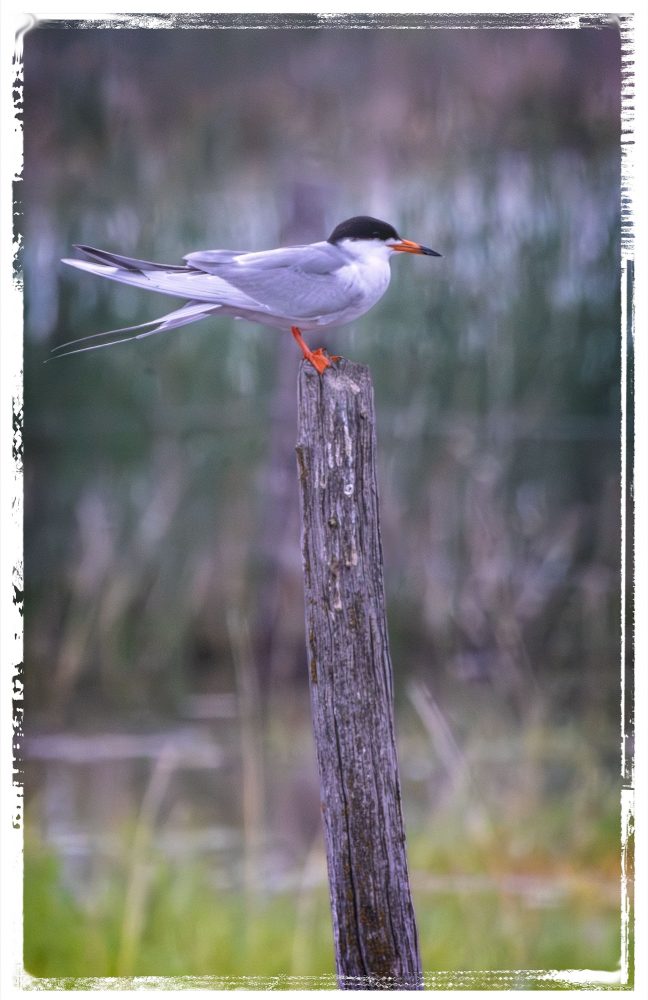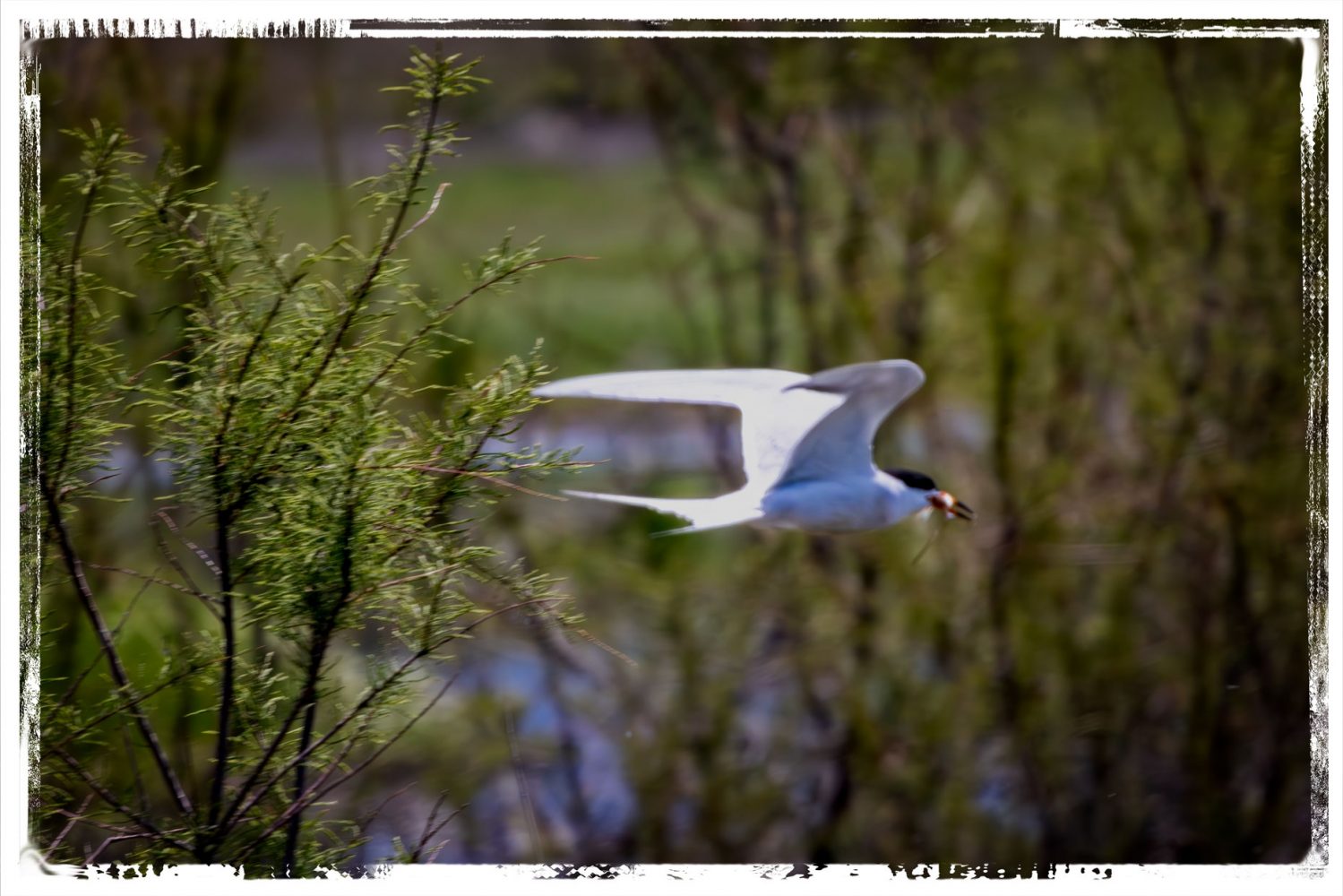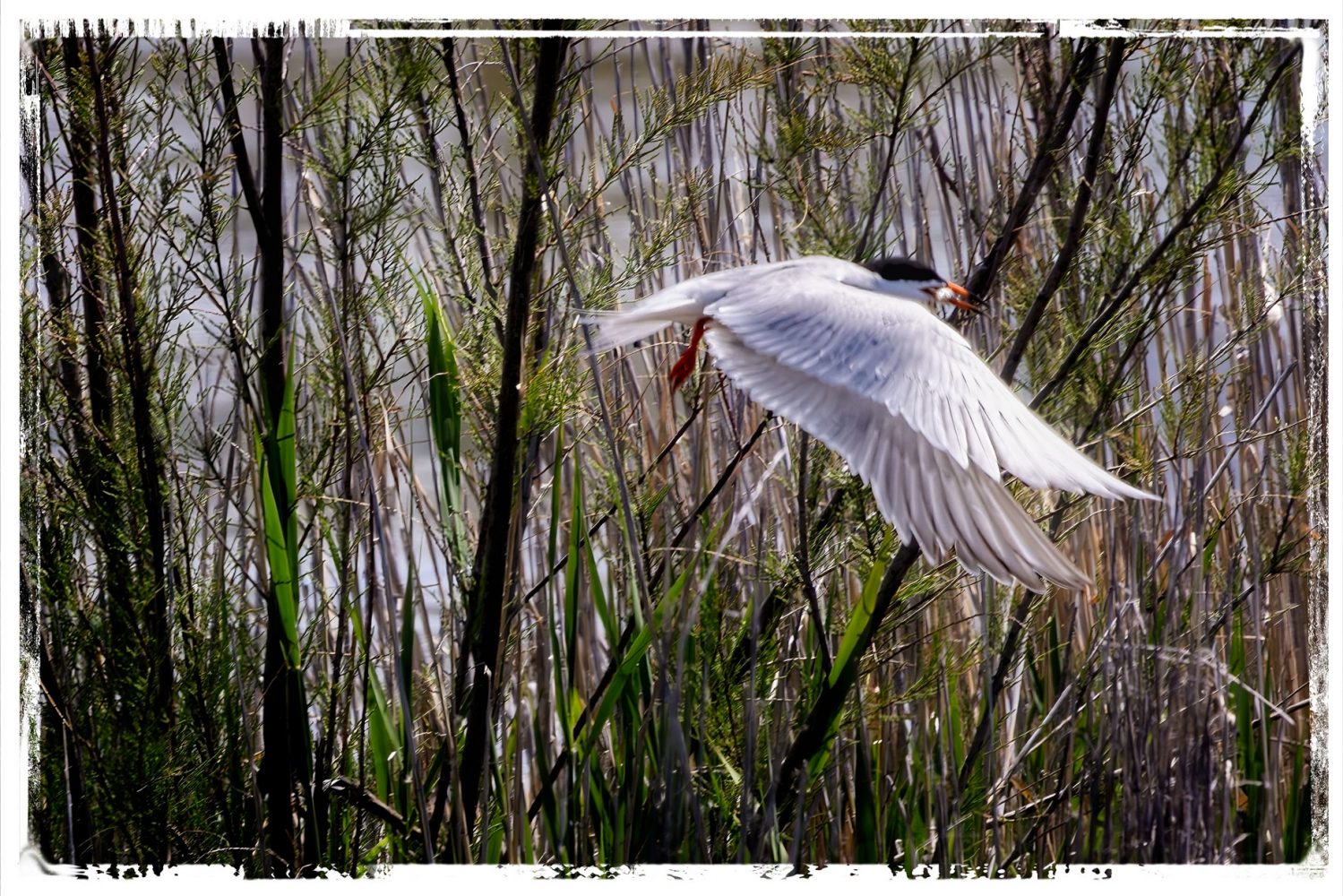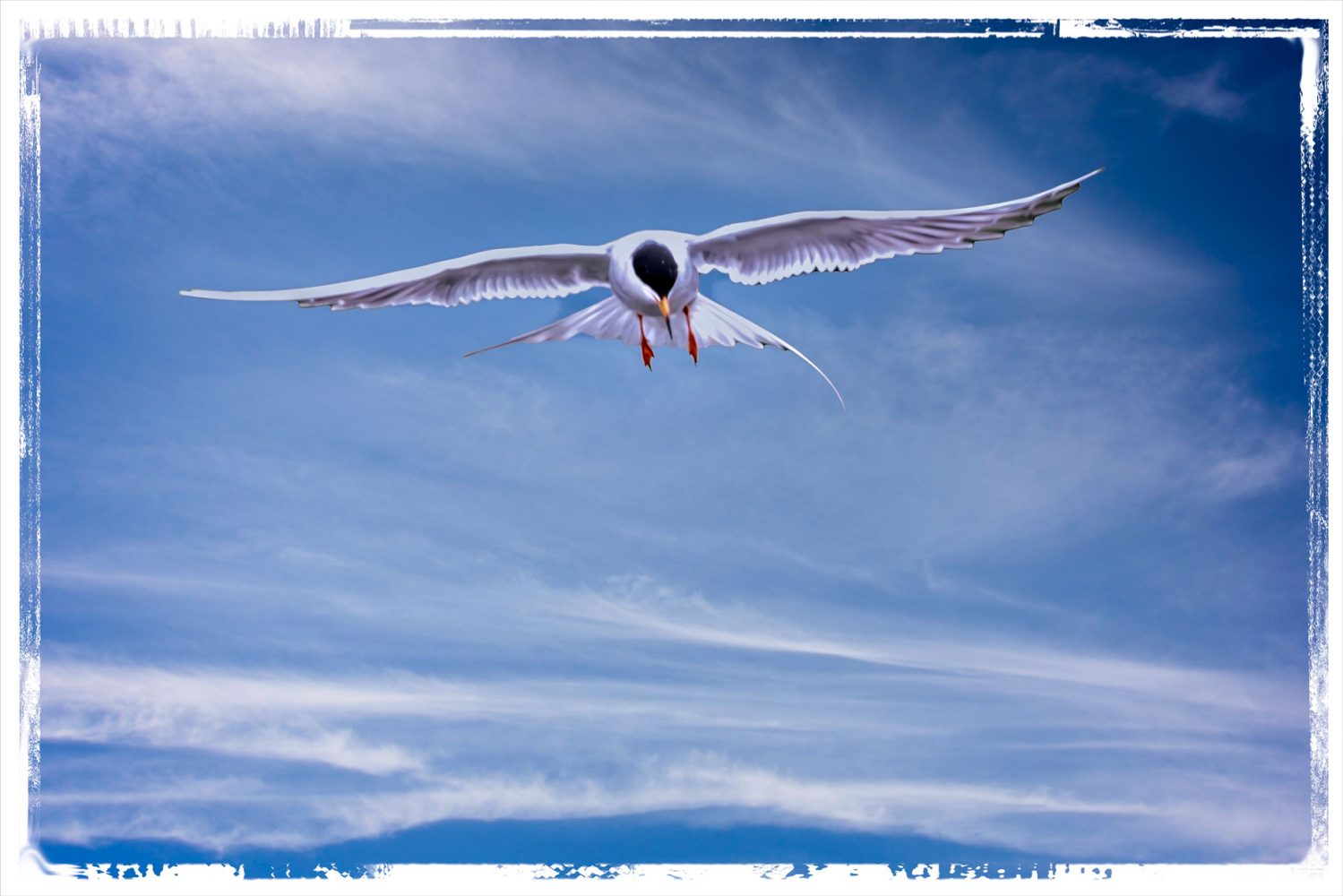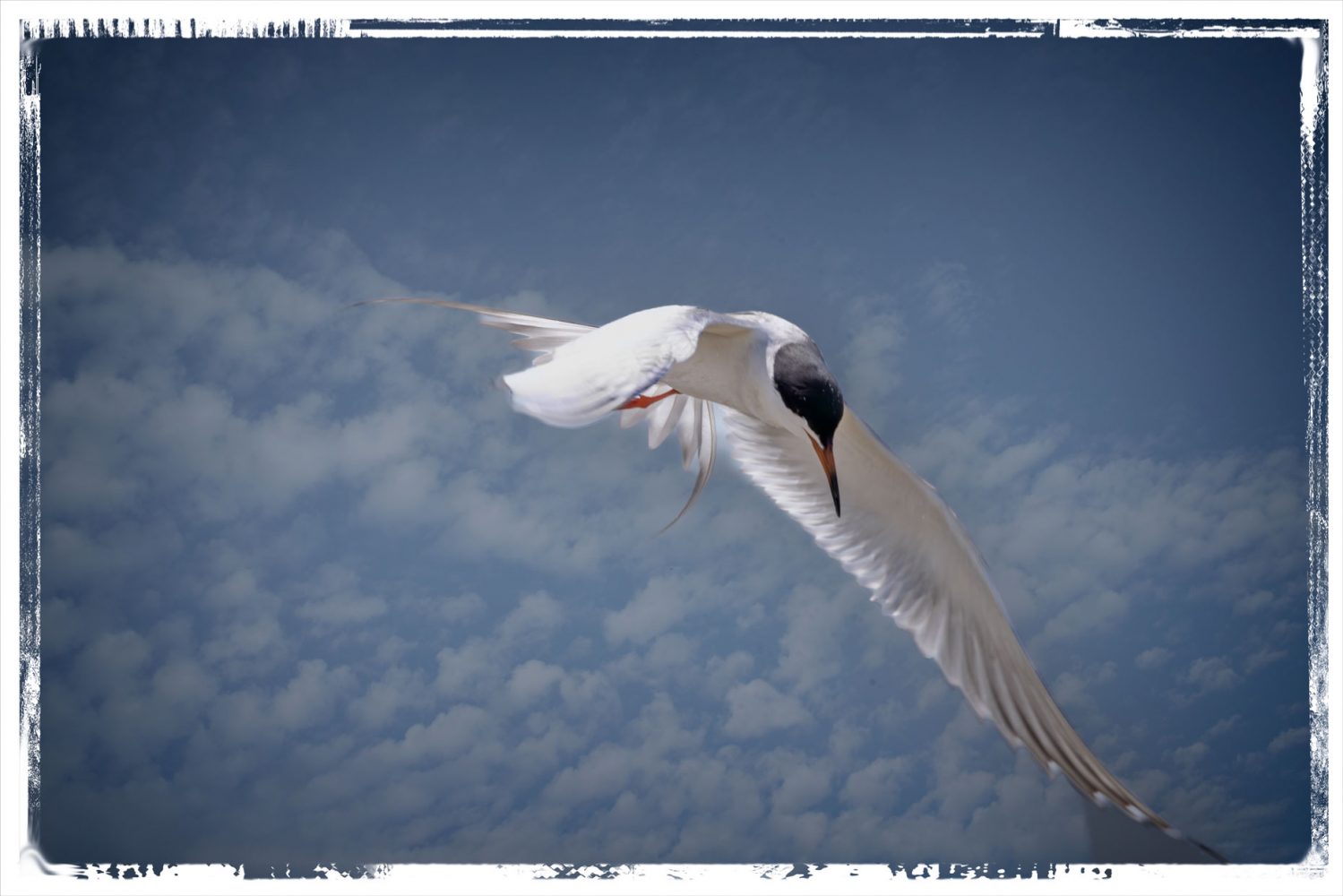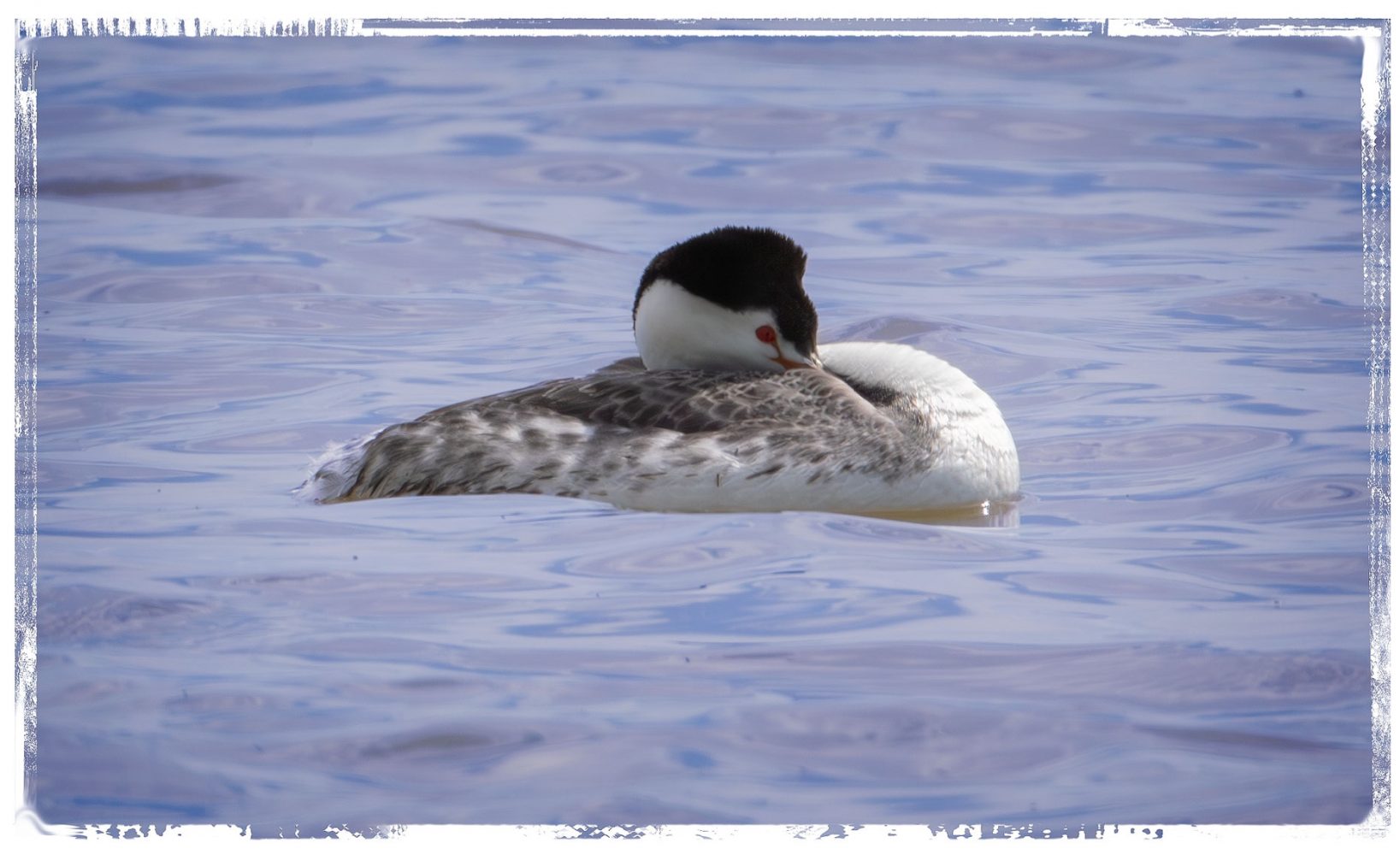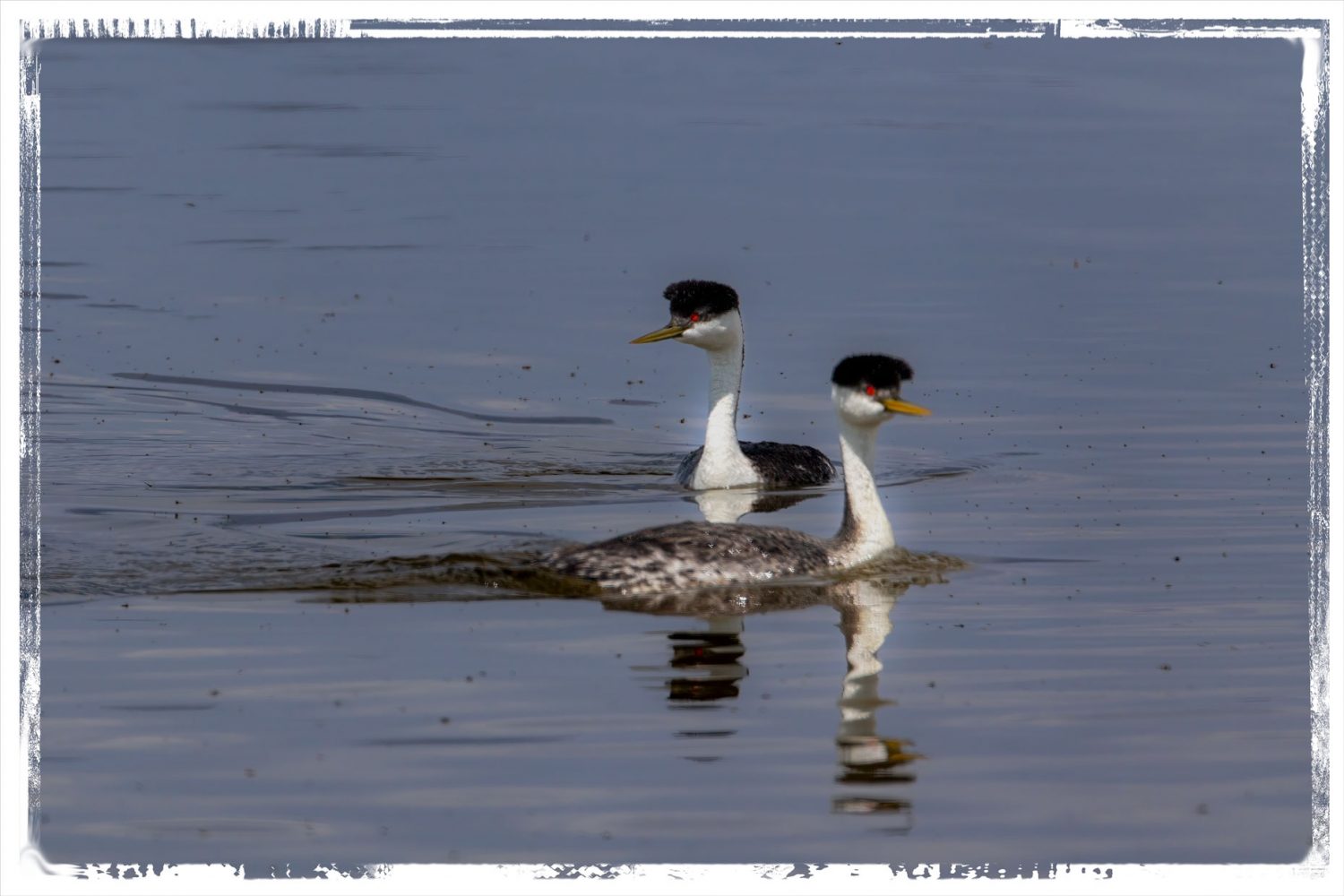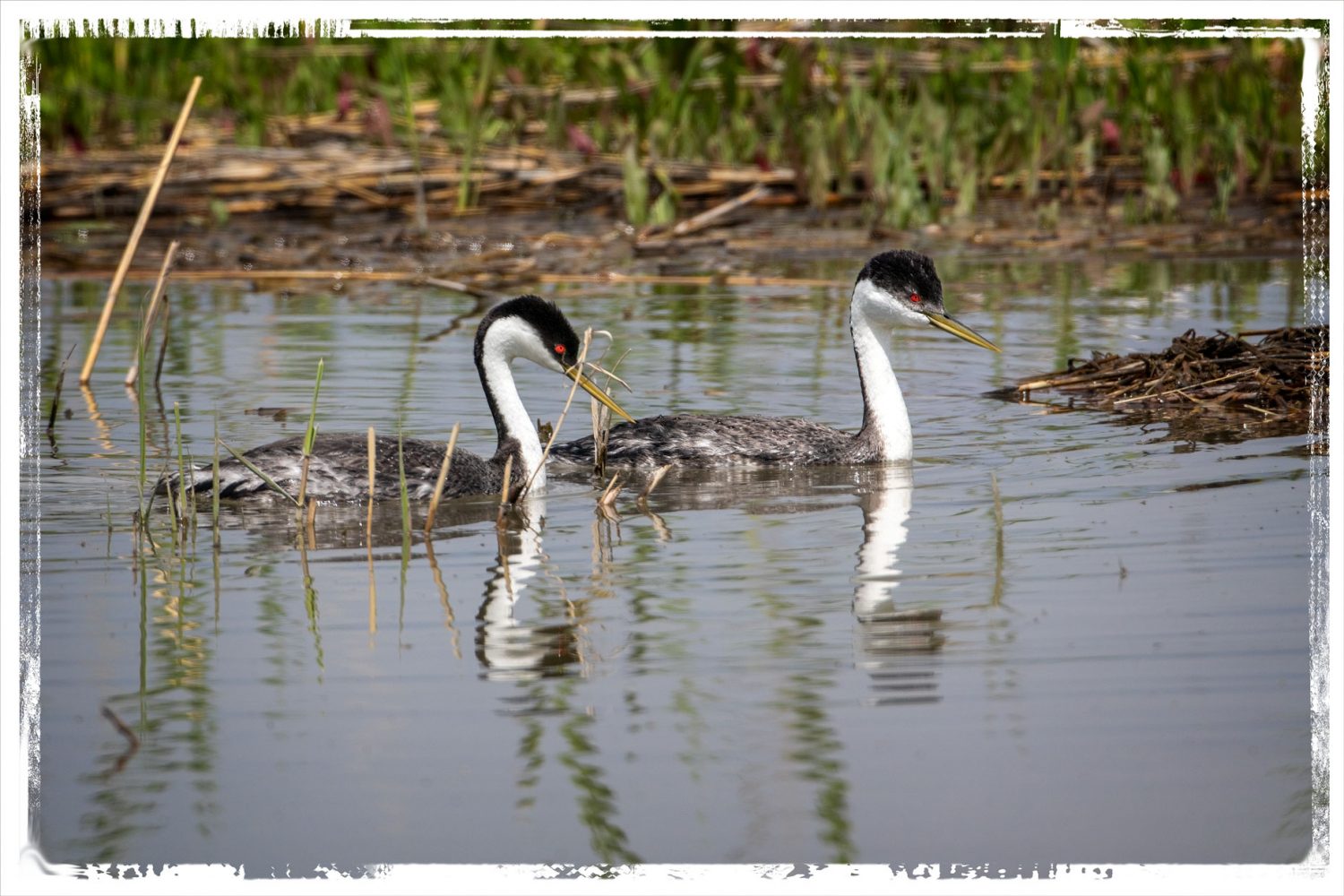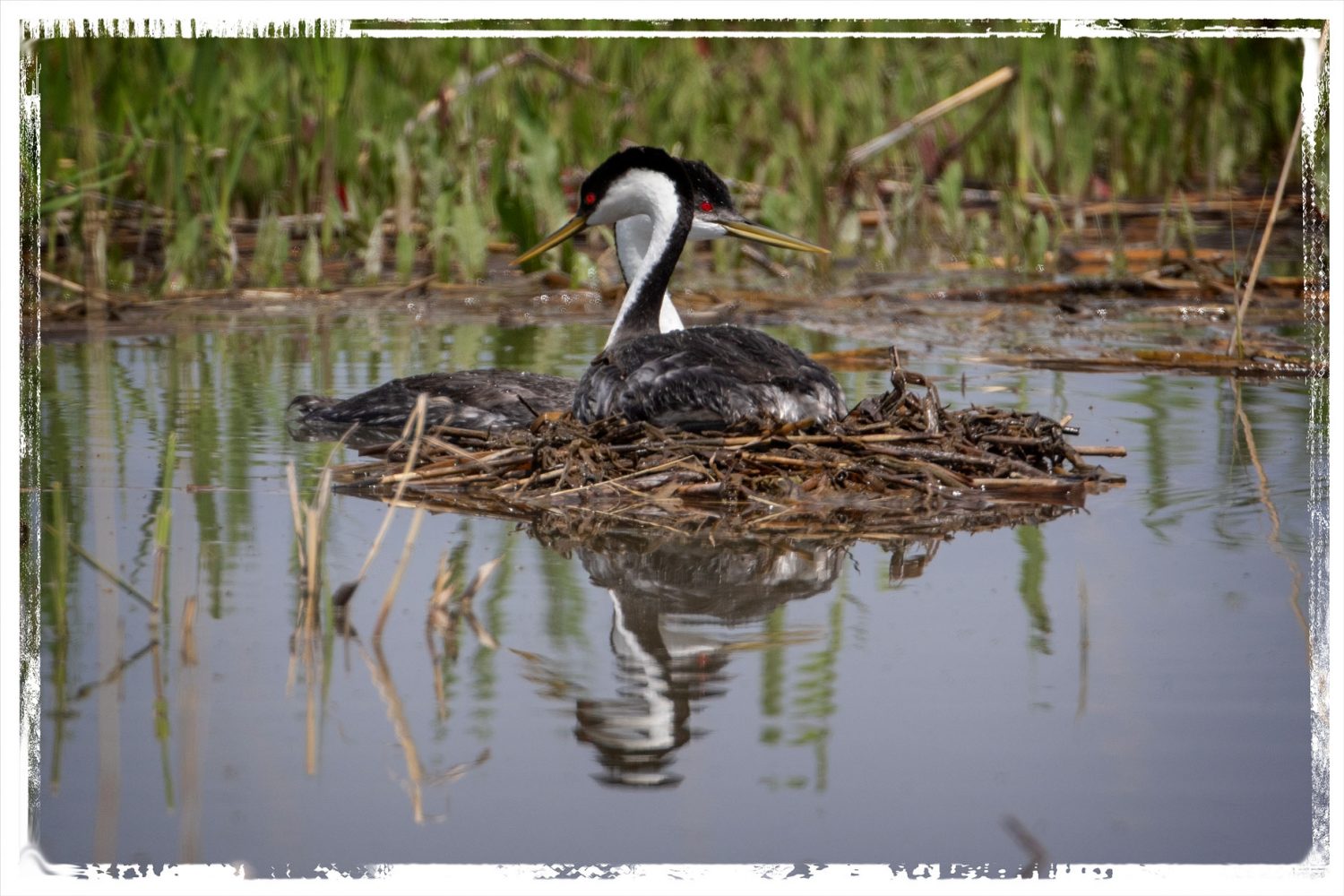We went to Broomfield to see Sydney’s soccer team play in the state playoffs and Zoe’s high school graduation. We stopped at Bear River on the way to find American Avocets after failing to find any in California a few weeks before. We took so many Avocet pictures at Bear River, that we certainly didn’t need any more.
So, what did we see on our first walk in Broomfield? American Avocets, naturally. Knowing how many pictures I already had to go through, I mentally hesitated to take more shots of them, but, as always, I found it impossible to resist taking yet another shot.
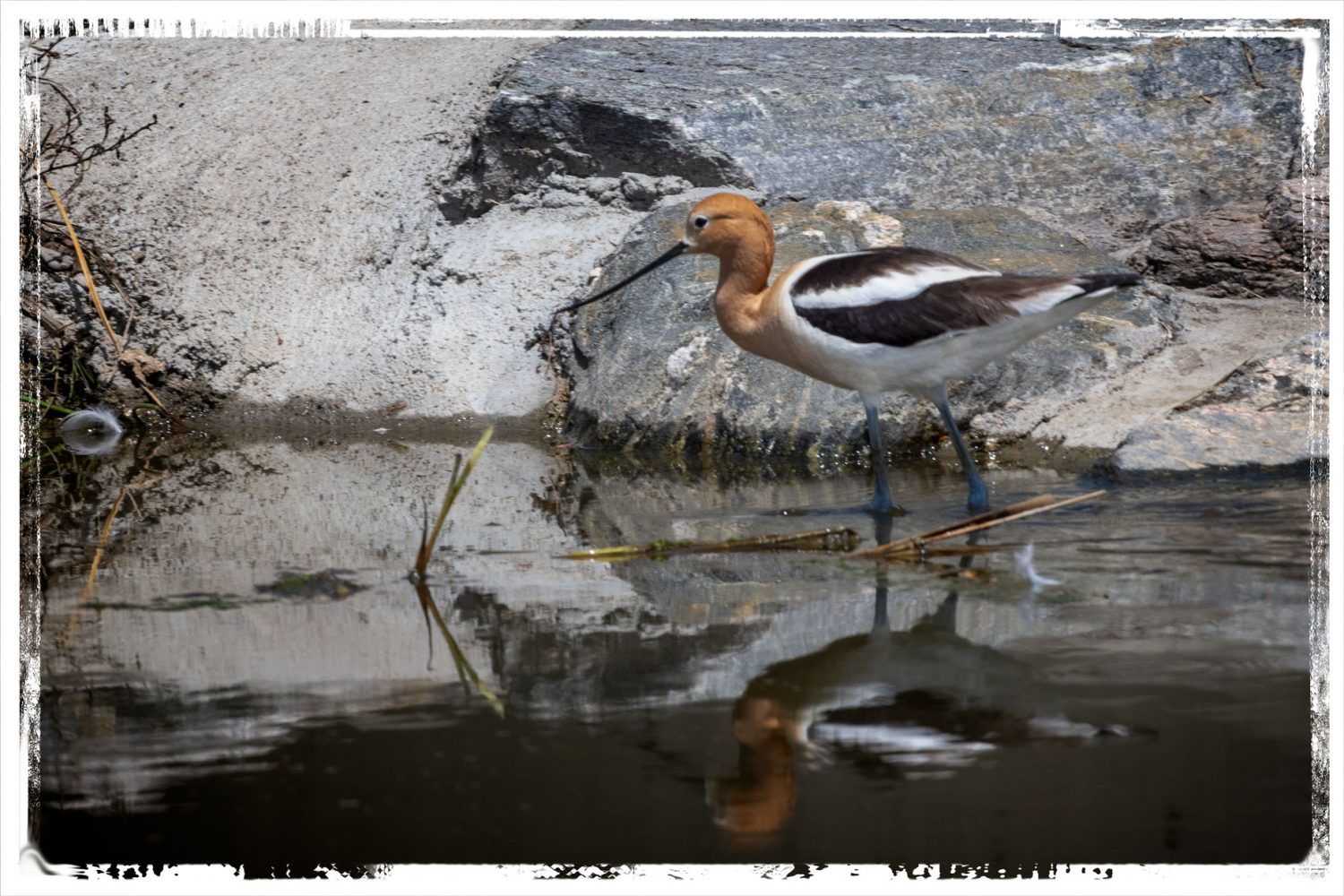
Somehow it just seems wrong not to take at least one shot when I see a beautiful bird,
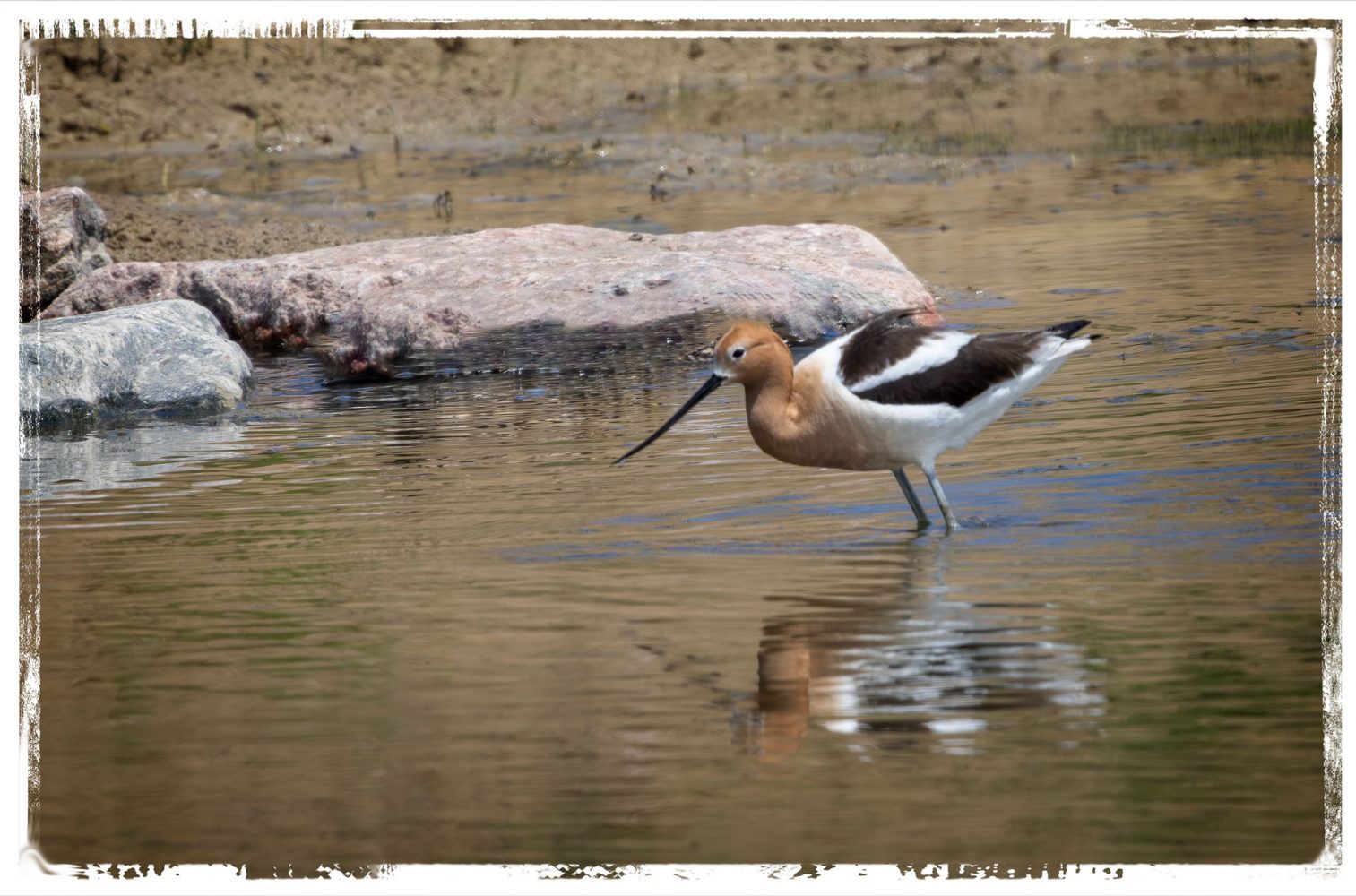
and if the bird takes off, naturally you have to record what the wings look like in flight, mentally comparing them to Black-necked Stilts’ wings.
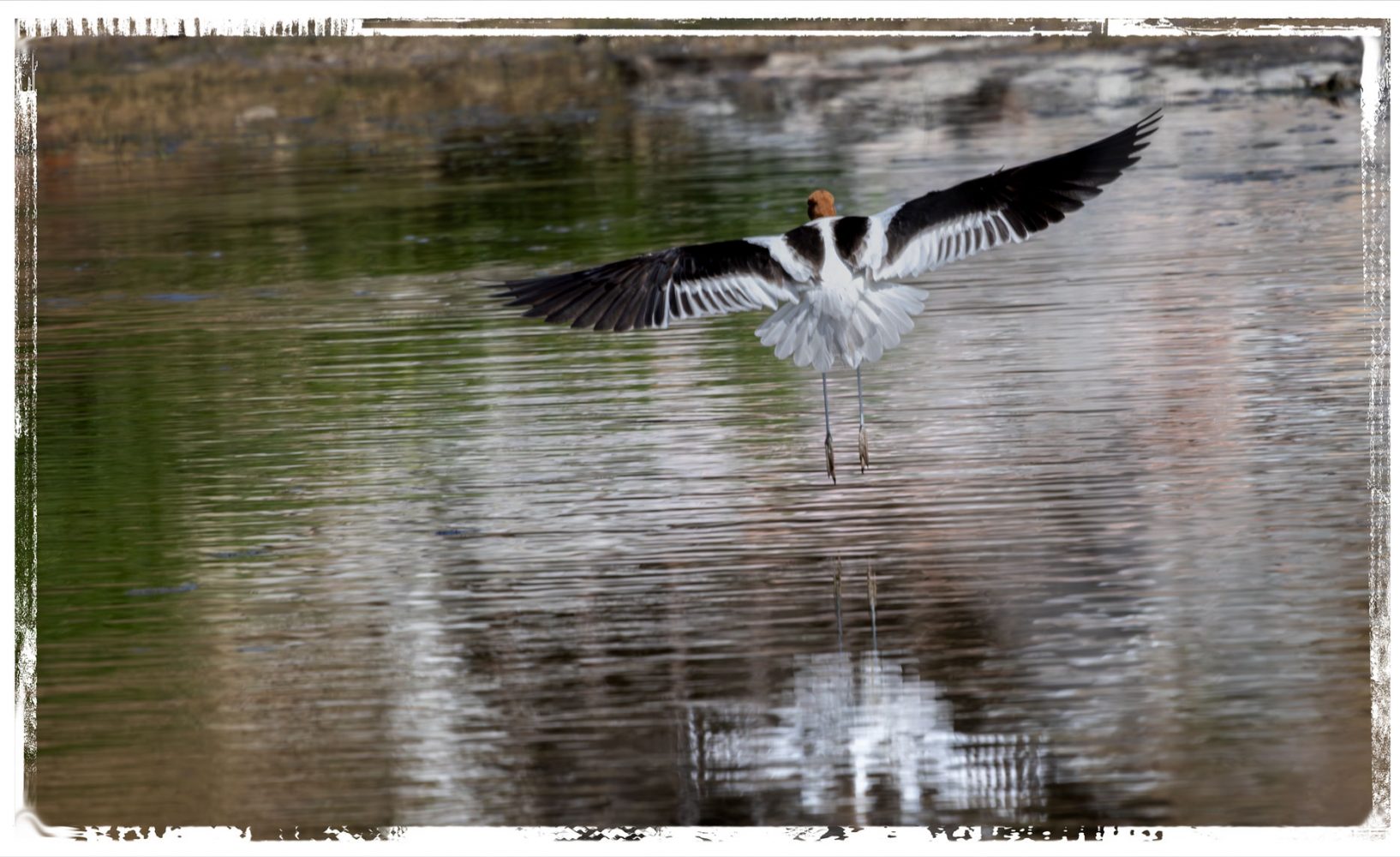
And if you happen to see another Avocet standing next to a Canada Goose you have to get a shot to get a sense of an Avocet’s size, something that’s quite difficult to do in a photo.
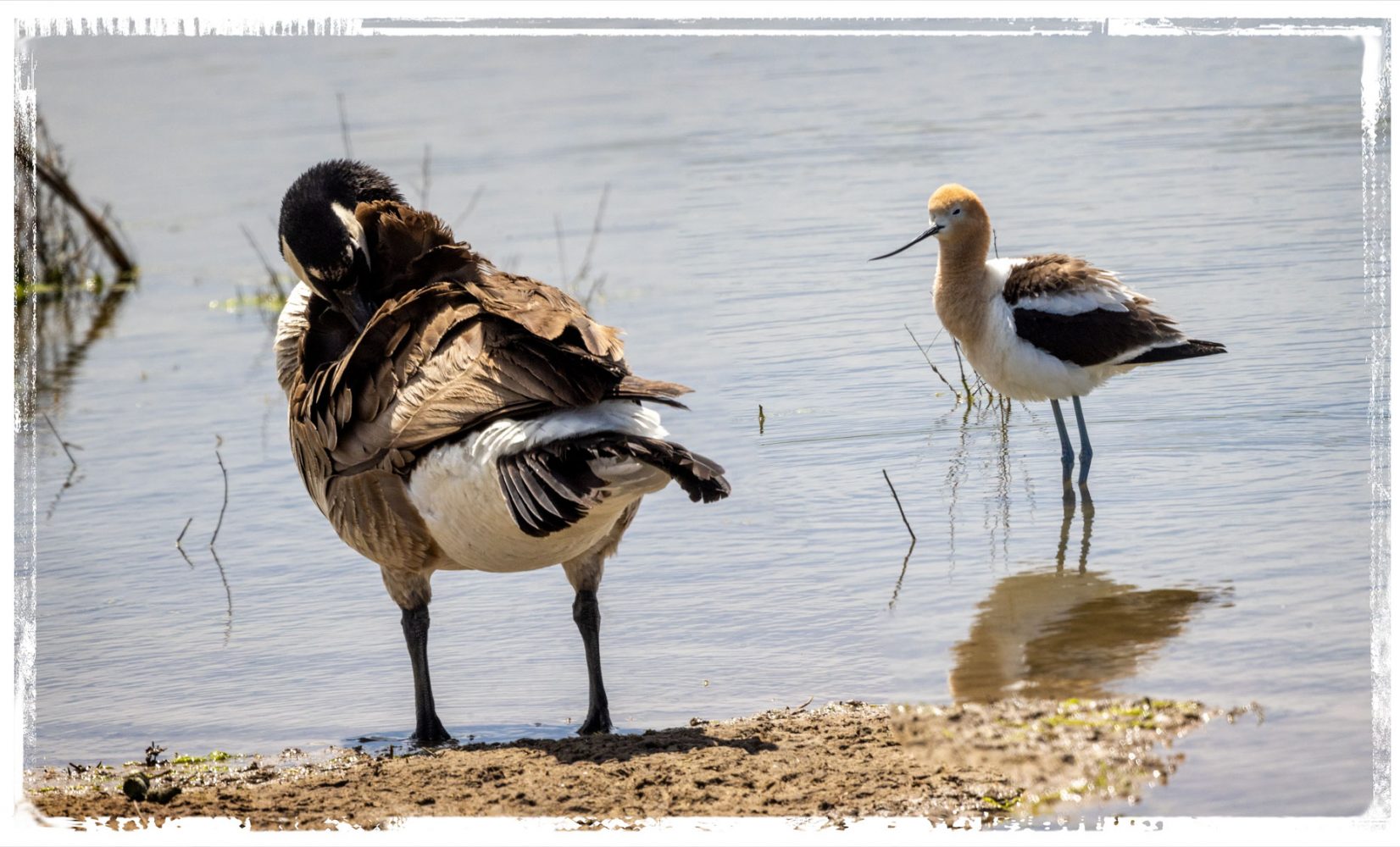
Luckily, it isn’t until you get home and sit down at the computer that you realize how many shots you have taken and how long it will take to pick the best shots from those taken and adjust them to end up with the best picture possible.

